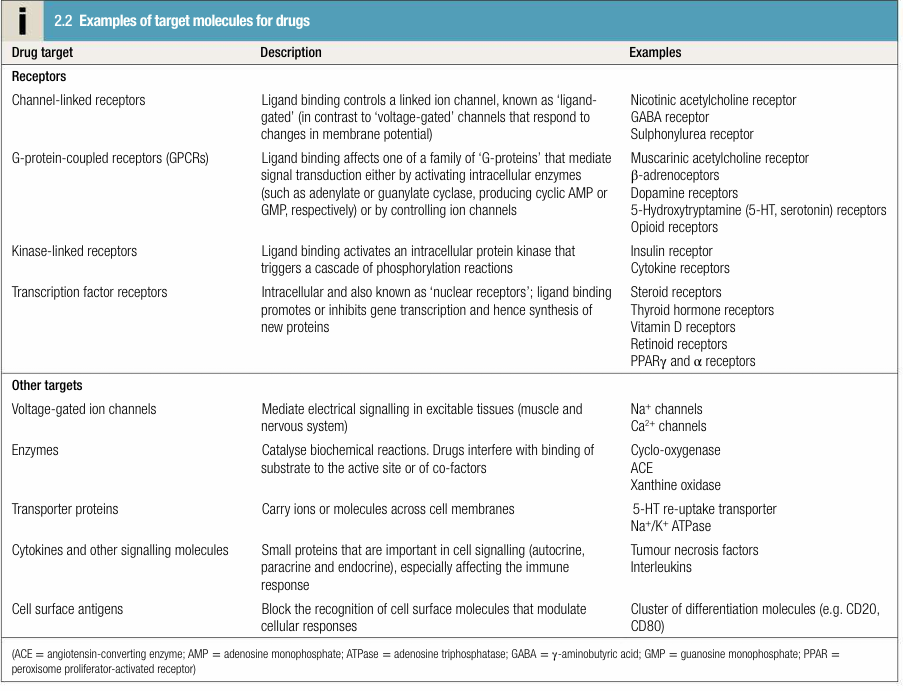

النبات

مواضيع عامة في علم النبات

الجذور - السيقان - الأوراق

النباتات الوعائية واللاوعائية

البذور (مغطاة البذور - عاريات البذور)

الطحالب

النباتات الطبية


الحيوان

مواضيع عامة في علم الحيوان

علم التشريح

التنوع الإحيائي

البايلوجيا الخلوية


الأحياء المجهرية

البكتيريا

الفطريات

الطفيليات

الفايروسات


علم الأمراض

الاورام

الامراض الوراثية

الامراض المناعية

الامراض المدارية

اضطرابات الدورة الدموية

مواضيع عامة في علم الامراض

الحشرات


التقانة الإحيائية

مواضيع عامة في التقانة الإحيائية


التقنية الحيوية المكروبية

التقنية الحيوية والميكروبات

الفعاليات الحيوية

وراثة الاحياء المجهرية

تصنيف الاحياء المجهرية

الاحياء المجهرية في الطبيعة

أيض الاجهاد

التقنية الحيوية والبيئة

التقنية الحيوية والطب

التقنية الحيوية والزراعة

التقنية الحيوية والصناعة

التقنية الحيوية والطاقة

البحار والطحالب الصغيرة

عزل البروتين

هندسة الجينات


التقنية الحياتية النانوية

مفاهيم التقنية الحيوية النانوية

التراكيب النانوية والمجاهر المستخدمة في رؤيتها

تصنيع وتخليق المواد النانوية

تطبيقات التقنية النانوية والحيوية النانوية

الرقائق والمتحسسات الحيوية

المصفوفات المجهرية وحاسوب الدنا

اللقاحات

البيئة والتلوث


علم الأجنة

اعضاء التكاثر وتشكل الاعراس

الاخصاب

التشطر

العصيبة وتشكل الجسيدات

تشكل اللواحق الجنينية

تكون المعيدة وظهور الطبقات الجنينية

مقدمة لعلم الاجنة


الأحياء الجزيئي

مواضيع عامة في الاحياء الجزيئي


علم وظائف الأعضاء


الغدد

مواضيع عامة في الغدد

الغدد الصم و هرموناتها

الجسم تحت السريري

الغدة النخامية

الغدة الكظرية

الغدة التناسلية

الغدة الدرقية والجار الدرقية

الغدة البنكرياسية

الغدة الصنوبرية

مواضيع عامة في علم وظائف الاعضاء

الخلية الحيوانية

الجهاز العصبي

أعضاء الحس

الجهاز العضلي

السوائل الجسمية

الجهاز الدوري والليمف

الجهاز التنفسي

الجهاز الهضمي

الجهاز البولي


المضادات الميكروبية

مواضيع عامة في المضادات الميكروبية

مضادات البكتيريا

مضادات الفطريات

مضادات الطفيليات

مضادات الفايروسات

علم الخلية

الوراثة

الأحياء العامة

المناعة

التحليلات المرضية

الكيمياء الحيوية

مواضيع متنوعة أخرى

الانزيمات
Drug targets and mechanisms of action
المؤلف:
Stuart H. Ralston , Ian D Penman, Mark W J Strachan , Richard Hobson
المصدر:
Davidsons Principles and Practice of Medicine
الجزء والصفحة:
24th E , p14
2025-01-08
943
Modern drugs are usually discovered by screening compounds for activity either to stimulate or to block the function of a specific molecular target, which is predicted to have a beneficial effect in a particular disease (Box 2.2). Other drugs have useful but less selective chemical properties, such as chelators (e.g. for treatment of iron or copper overload), osmotic agents (used as diuretics in cerebral oedema) or general anaesthetics (that alter the biophysical properties of lipid membranes). The following characteristics of the interaction of drugs with receptors illustrate some of the important determinants of the effects of drugs:
- Affinity describes the propensity for a drug to bind to a receptor and is related to the ‘molecular fit’ and the strength of the chemical bond. Some drug–receptor interactions are irreversible, either because the affinity is so strong or because the drug modifies the structure of its molecular target.
- Selectivity describes the propensity for a drug to bind to one target rather than another. Selectivity is a relative term, not to be confused with absolute specificity. It is common for drugs targeted at a particular subtype of receptor to exhibit some effect at other subtypes. For example, β-adrenoceptors can be subtyped on the basis of their responsiveness to the endogenous agonist noradrenaline (norepinephrine): the concentration of noradrenaline required to cause bronchodilatation (via β2-adrenoceptors) is 10 times higher than that required to cause tachycardia (via β1-adrenoceptors). ‘Cardioselective’ β-adrenoceptor antagonists (β-blockers) have anti-anginal effects on the heart (β1 ), but may still cause broncho spasm in the lung (β2 ) and are contraindicated for asthmatic patients.
- Agonists bind to a receptor to produce a conformational change that is coupled to a biological response. As agonist concentration increases, so does the proportion of receptors occupied, and hence the biological effect. Partial agonists activate the receptor, but cannot produce a maximal signalling effect equivalent to that of a full agonist even when all available receptors are occupied.
-Antagonists bind to a receptor, but do not produce the conformational change that initiates an intracellular signal. A competitive antagonist competes with endogenous agonist ligands to occupy receptor-binding sites, with the resulting antagonism depending on the relative affinities and concentrations of the antagonist drug and endogenous agonist. Non-competitive antagonists inhibit the effect of an agonist by mechanisms other than direct competition for receptor binding with the agonist (e.g. by affecting post-receptor signalling).

 الاكثر قراءة في مواضيع عامة في المضادات الميكروبية
الاكثر قراءة في مواضيع عامة في المضادات الميكروبية
 اخر الاخبار
اخر الاخبار
اخبار العتبة العباسية المقدسة

الآخبار الصحية















 قسم الشؤون الفكرية يصدر كتاباً يوثق تاريخ السدانة في العتبة العباسية المقدسة
قسم الشؤون الفكرية يصدر كتاباً يوثق تاريخ السدانة في العتبة العباسية المقدسة "المهمة".. إصدار قصصي يوثّق القصص الفائزة في مسابقة فتوى الدفاع المقدسة للقصة القصيرة
"المهمة".. إصدار قصصي يوثّق القصص الفائزة في مسابقة فتوى الدفاع المقدسة للقصة القصيرة (نوافذ).. إصدار أدبي يوثق القصص الفائزة في مسابقة الإمام العسكري (عليه السلام)
(نوافذ).. إصدار أدبي يوثق القصص الفائزة في مسابقة الإمام العسكري (عليه السلام)


















